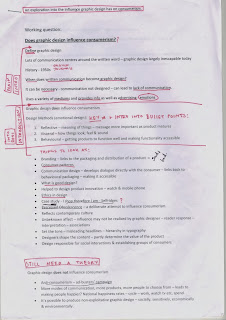Practicing academic writing
Different types of paragraph demonstrate that you can analyse, research, paraphrase etc. But the most important type of writing is one that demonstrates that you can support your arguments with a demonstrable knowledge of appropriate academic texts.
Ability to write a paragraph that shows breadth of research and ability to triangulate is therefore very important.
Typically this would be something like this:
A number of authors have considered how (insert your particular idea/concept). Author1, (date), Author2, (date) and Author3 (date) have all commented upon the fact that (now use a specific example). For instance Author1 (specific example) writing in her account of (whatever you pick out) describes how (whatever). This is supported by the fact that Author2 etc
Now comment on and discuss their point.
So how does this look when you put selected text into the brackets and make a comment.
A number of authors have considered how both phenomenology and existentialism have been used to develop aesthetic theory, Smith, (1984), Brown, (1997) and Jones (2004) have all commented upon the fact that aesthetic ideas can be related to embodied thinking and the primacy of perception. For instance Smith when analysing the work of Richard Serra writing in her account of art practice as a mode of experiencing reality describes how art can make a needed contribution to
the study of perceptual consciousness. This is supported by the fact that Brown in his study of art, light and phenomena also prioritises perception as being at the core of the aesthetic experience and that he believes that a parallel Existentialist reading can be developed from a close reading of Merleau Ponty’s text ‘Cezanne’s Doubt, (1945). This position is clearly further supported by Jones in her analysis of James Turrell’s ‘Dear Shelter’ where she highlights the importance of individual experience and the ‘authenticity’ of the confrontation with Turrell‘s work.
Comment
These three authors support the development of an argument for a deep relationship between phenomenology and existentialism as aesthetic positions. Both prioritise individual experience and allow for a reading of certain artworks that focuses on the physical facts of perception; awareness of weight, light, scale etc. measured against the human experience.
By doing this you will demonstrate that you have done a literature search and that these authors write about information that is relevant to your topic. It also starts the ‘triangulation’ process. I.e. You don’t just put in unsupported information from one source or unsupported personal opinion.























